Fashion and industry have long traveled from East to West and back. It’s no different today.
China for centuries has been a place of inspiration for everything from gowns to porcelain, maybe because it has always seemed the farthest from the West, in terms of distance and culture, and that sense of the exotic is still appealing, especially to designers always looking for something new and, if they’re lucky, something previously undiscovered in their own culture.
Appropriation is now a familiar word in fashion, but designers long obsession with China was on extensive display during 2015’s Costume Institute installation “China: Through the Looking Glass,” the museum’s largest installation to date. Head curator Andrew Bolton told WWD at the time that designers and other types of artists see the East “as this culture of unbridled inspiration and creativity.”
“Many designers tend to look to other cultures, even their own cultures really, on a very surface level,” Bolton said. “It’s about aesthetics really, and they often don’t engage with the cultural context. Certainly, when it comes to Orientalism they engage with motifs.”
And maybe artistic engagement that reads as homage rather than appropriation is the best way to avoid the gaps in cultural understanding and appreciation without imitation that the author and intellectual Edward Said described as being at the root of “Orientalism,” or the other-ization by Europe and America of Eastern culture through Western depictions.
“Rather than the manufactured clash of civilizations, we need to concentrate on the slow working together of cultures that overlap, borrow from each other, and live together in far more interesting ways than any abridged or inauthentic mode of understanding can allow,” Said wrote in his 1978 critique of Orientalism. “But for that kind of wider perception we need time and patient and skeptical inquiry, supported by faith in communities of interpretation that are difficult to sustain in a world demanding instant action and reaction.”
More recently, China has meant more than aesthetic inspiration for Western fashion. The region is one of few growth markets right now and everyone who can is making a play there. Prada in 2011 held its first fashion show in China as part of its initial foray there at a time when its market for modern luxury fashion was still being discovered. Miuccia Prada told WWD that the country’s aspirational and already fashionable have “a special desire for rich products.”
“There are fashionable people here that you wouldn’t even find in Paris, New York of London,” Prada added. “They have already understood everything they need to understand.”
Whatever nuances of fashion Prada felt needed to be understood in China is likely the result of the state not only accepting but courting fashion for some time, long before the Aughts had everyone from Prada to Lululemon looking East to secure revenue projections.
By the early Nineties, Italian designer Laura Biagiotti was well into China as a market for her business, having held a show before anyone in 1988, making her something of a celebrity there. “They treat me like a movie star,” Biagiotti told WWD in a 1993 interview. “I came back almost blind from all the flashbulbs, but I love it.”
Designers Valentino and Gianfranco Ferré also in 1993 visited China to celebrate its first international fashion fair and were greeted like heads of state. The trip included musings on the Chinese market for fashion and Valentino and Ferre’s specific aesthetics, the latter of whom felt it would be some time before his more structural, feminine designs would be wanted in China.
It didn’t take long for that idea to be disproven. But here, for the first time since its original publication in 1993, is a look at China through Valentino and Ferré’s experience at the fashion fair, when Chinese culture was first moving into an era of fashion, luxury and money.
China Embraces New Revolution: Designer Fashion
By Sara Gay Forden
BEIJING— Back and forth along the plush corridors of the China World Hotel here, 12 Chinese soldiers in full uniform marched in unison the other night, their arms laden with lacy gowns, organza blouses and plush capes.
Who rates that kind of room service? None other than Gianfranco Ferre and Valentino, in town at the invitation of the state to show their fall collections and add some glamour to China’s first international fashion fair.
A unit of the People’s Liberation Army helping a pair of rich Italian designers put on a fashion show is exactly what the new China is about. In the current rage for glamour and money, most Chinese would rather read their bank books that Mao’s little red one, and wear designer clothes rather than Mao jackets.
The signs are everywhere. The infamous Tiananmen Square is now illuminated like a carnival site with colored lights at night, and there was a state-approved ceremony recently in Tian Tan Park in honor of the first Ferrari ever acquired by a Chinese citizen.
The temple where the Ferrari was shown off, once Beijing’s holiest spot, has become a showcase for China’s modern materialism. A few nights ago it was the scene of a spectacular fashion/music extravaganza, complete with laser effects and a performance by Chinese rockers Tang Dynasty, put on for Ferre, Valentino and Chinese officials.
“People don’t talk about democracy anymore, they talk about money,” said Renata Pisu, an Italian writer and Sinologist visiting her during the fashion week.
Valentino and Ferre were in Beijing for the first time, but they were treated more like heads of state that visiting designers. Not only was an army unit ordered to help them, but they were met personally by China’s president and party secretary Jiang Zemin, who almost never welcomes anybody but his foreign counterparts.
When the state gets involved at that level it’s clear that building foreign ties in the fashion industry, among other business sectors, is a priority under Deng Xiaoping’s strategy of using economic reform as a tool of political control of this nation of 1.5 billion people.
With Ferre and Valentino staffs often working through the night to overcome technical, logistical and linguistic problems, the two designers recreated their Italian fall/winter ‘93-94 presentations in the ballroom of the China World. The show, using 30 Chinese models and five Western models flown in for the event, kicked off the six-day trade affair.
The Chinese audience, which included government officials, business people, students and clothing designers, was ecstatic — and Ferre and Valentino suddenly found themselves playing a new role: ambassadors of style in a country starved for fashion, design and technical know-how.
“They are very clever people, and they are going to follow very soon the design lead coming from Europe and the U.S.,” said Valentino, who recently started producing a limited number of men’s suits in China on an experimental basis at GFT SpA’s Tianjin plant, for export to Latin America.
“They have an intense desire to move forward,”said Ferre, during a stroll and fashion shoot on the grounds of the Temple of Heaven near the Forbidden City, once home to the emperors.
“They are living an echo of what happens in the West and they are looking to us as models,” he went on, adding that he thinks it will be a long time before the Chinese market is ready for his exclusive brand of fashion.
Not necessarily.
While Ferre and Valentino browsed in antique shops and cut-rate silk markets for souvenirs of China’s past, an emerging monied class is flocking to new boutiques and department stores in search of symbols of their new status. As brand fever replaces political furor, names such as Pierre Cardin, Louis Vuitton, Ermenegildo Zegna, La Perla and others have opened shops in China’s major cities and become new touchstones here.
The streets’ — once the exclusive domain of hordes of bicycles and carts — are now clogged with taxis and and cars as well including ore BMW’s and Mercedes BEnz (of “Benche,” as they’re called here) than there were emperors in Chinese history. Cellular phones are selling almost as fast as the famous steamed dumplings on the streets of Shanghai, China’s dynamic and growing financial center.
And in the cities’ most luxurious watch shops, the 18-karat gold Rolex with diamond-studded numerals is the top-seller — even at 150,000 yuan, or about $30,000.
“It’s very important to wear the right clothes, own the right car, to dress the part,” said one foreign professional who lives in Beijing. “”If a guy isn’t wearing a Rolex, or he has a fake watch, people will think he doesn’t have the money or the connections to close the deal.”
All of these trappings of success are part of the Chinese notion of “face,” which isn’t so far removed from the Italian concept of “bella figura,” but sometimes gets taken to extremes, such as handing out perfumed business cards that leave your pockets reeking.
“The Chinese people are enamored with international brand names,” said Bill Short, who is overseeing Chinese operations for Pacific Concord, a Hong Kong-based department store chain that is developing a brand name business here.
“I think the Chinese are born consumers. Just look at our gold counter. On a good day the people are two- and three-deep,” Short added. “I don’t know where they’re getting the money, but they have it.”
“For so long, everybody had to wear those sad suits, with their drab colors. From a distance you couldn’t even tell if a person was a man or a woman,” said China-born Madame Song Huai-Kuei, Pierre Cardin’s agent in Beijing, who has become a sort of patron of fashion and the arts here.
Now people finally have the opportunity to be fashionable, to look good, be well presented and have self-respect,” Song added.
Lin Xin, a senior fashion designer at the China Garments Research and Design Center, who attended the Ferre/Valentino fashion show, echoed the thought: “Everyone loves beautiful things and with the reform and opening up, people can be bolder about wearing what they want.”
They’ve got some money now and are getting more, but have the Chinese got the taste to go with it?
“You’ll see women wearing bright floral tops with plaid skirts and thinking they look great,” sad one Dutch journalist who lives in Beijing.
In Shanghai, widely considered China’s style capital, big lacquered bouffant hair is in, as are stretch stirrup pants with opened-toed sandals.
“People haven’t really put the fashion story together yet,” Concord’s Short pointed out. “A lot of men will come in and buy a suit and leave the cuff label on because of the name, but then they’ll wear the jacket without the pants.”
“The main problem is that they don’t have education about fashion. They may buy $350 silk pants from Byblos, but they won’t buy anything to go with them,” said Antonio Maria Martini, who is expanding designer label boutiques in Beijing and Shanghai that carry such names as Valentino, Byblos, Christian Dior (second line) and Ungaro.
The hands-down expert on producing and selling designer products in China is Pierre Cardin, who started doing business here in 1976 and has built up a clothing production, distribution and food empire that has become a household name for most Chinese families.
Although most here don’t place Cardin’s fashion on par with more luxe Italian labels, they are loyal to him because of his long-term presence.
“This is part of the world the West had completely forgotten about, but I was already established here. I am a capitalist, but I can be friends with communist people,” Cardin said during an interview in his newest Maxim’s restaurant, which opened in March in the China World Hotel.
“I am now working with a very high government level here,” he added. “When you are a friend, it is very easy.”
“What’s changing in China isn’t only on the outside; it’s also psychological, spiritual,” concluded Cardin, who has 43 franchised boutiques in China and was in Beijing on his 18th visit.
But the pace of change is creating a striking gap between the haves and the have-nots and has more than a few Chinese wondering whatever happened to values.
Just a few blocks from the glass-faced China World Hotel with its air-conditioned suites, Western-style restaurants and 24-hour room service, entire families are living in dingy shacks lacking electricity or running water. In front of the Palace Hotel, two gold Rolls-Royces stand idle, waiting for their next VIP passenger, while just paces away, a rickshaw driver hopes for a fare.
“A few years ago, the government controlled everything,” said the film director Xie Fei, who won a 1993 Golden Bear award at the BErlin Film Festival for his latest movie, “A Woman From a Lake of Scented Souls.”
“But now,” he said, “money controls everything.”
— May 21, 1993



Let's block ads! (Why?)
http://wwd.com/fashion-news/fashion-scoops/wwd-archive-china-fashion-1202683920/
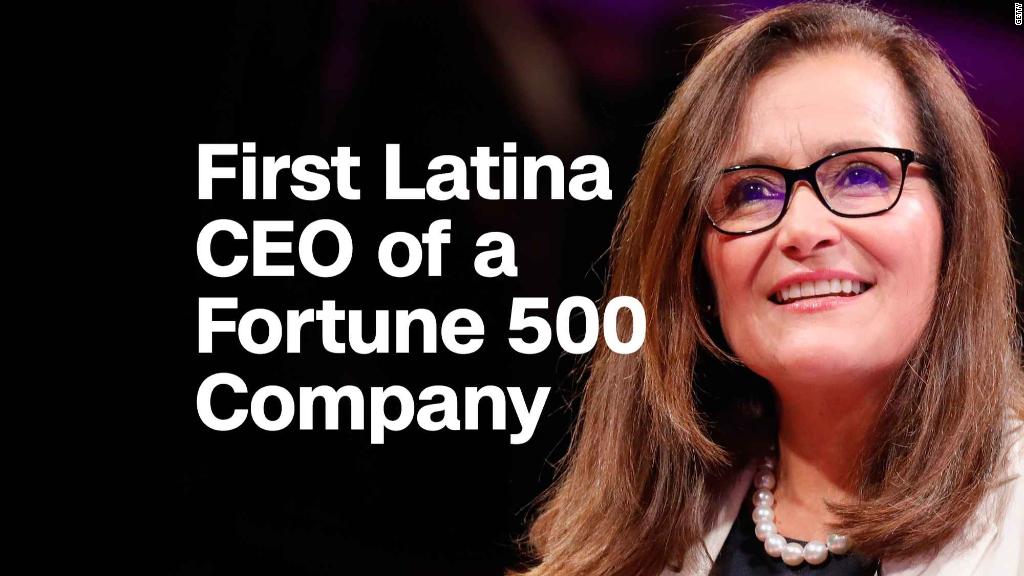
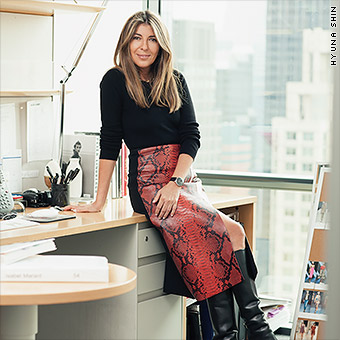
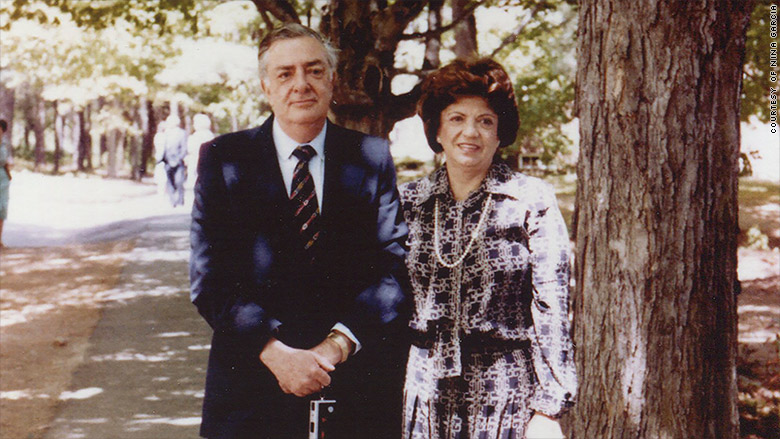
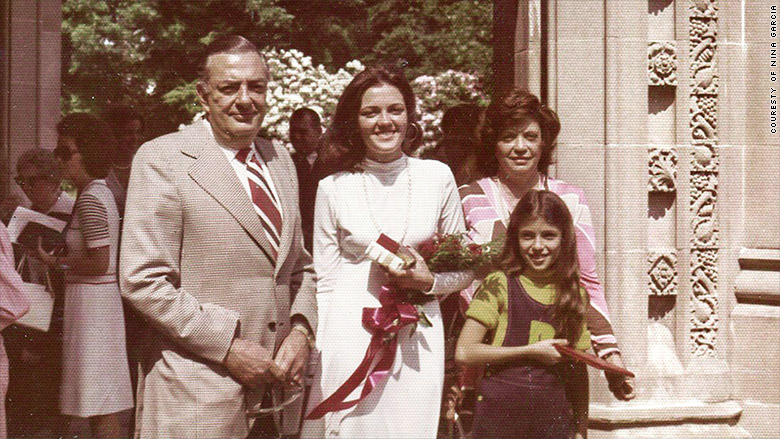
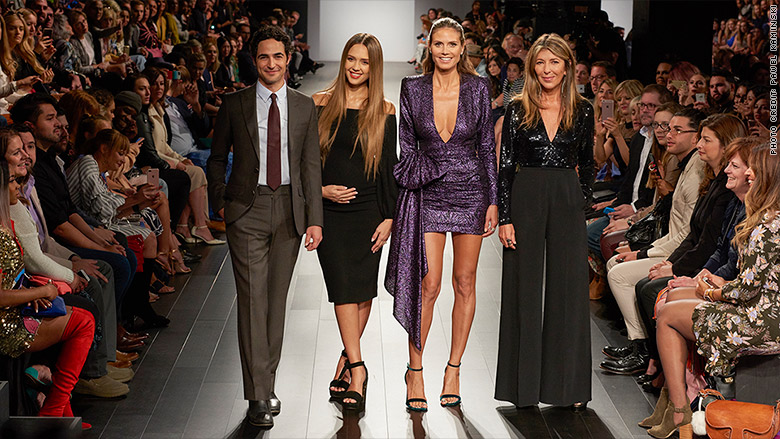
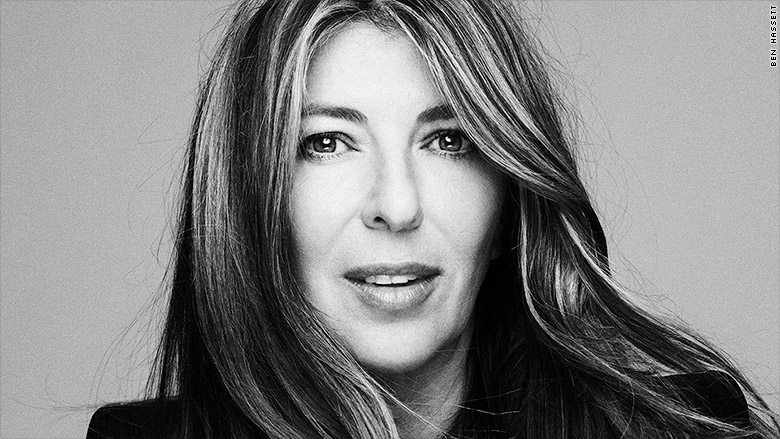



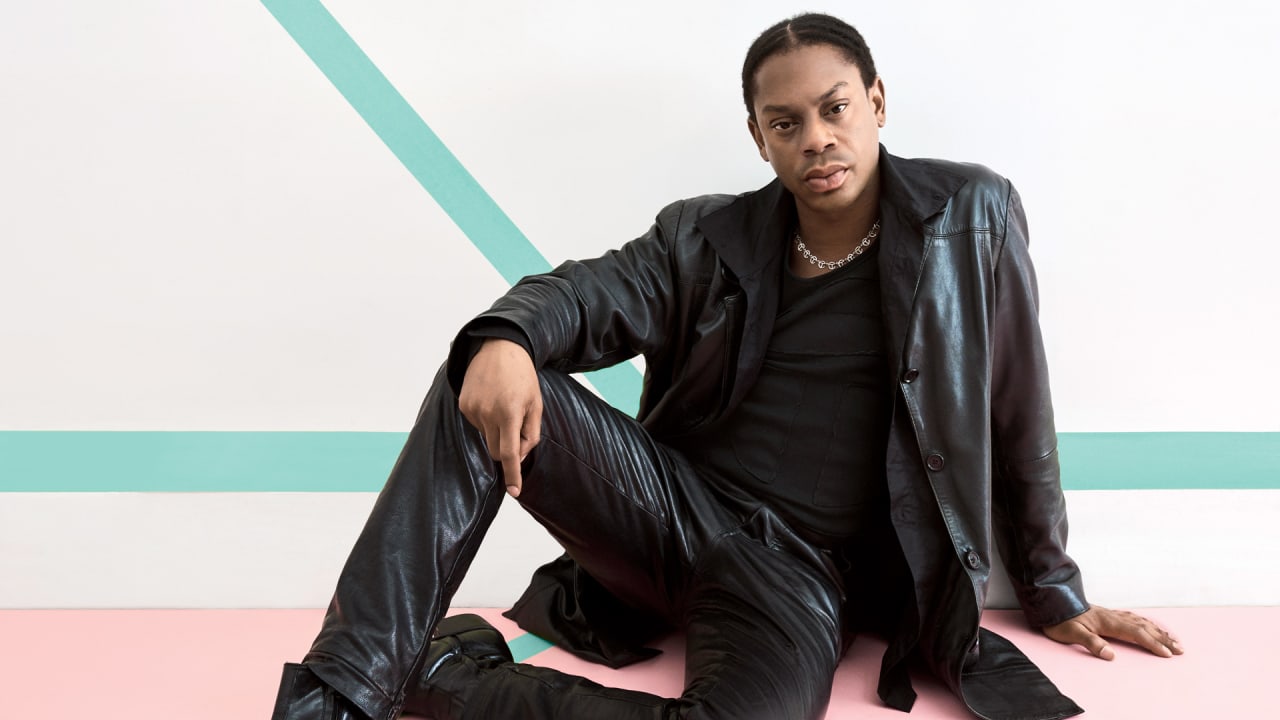





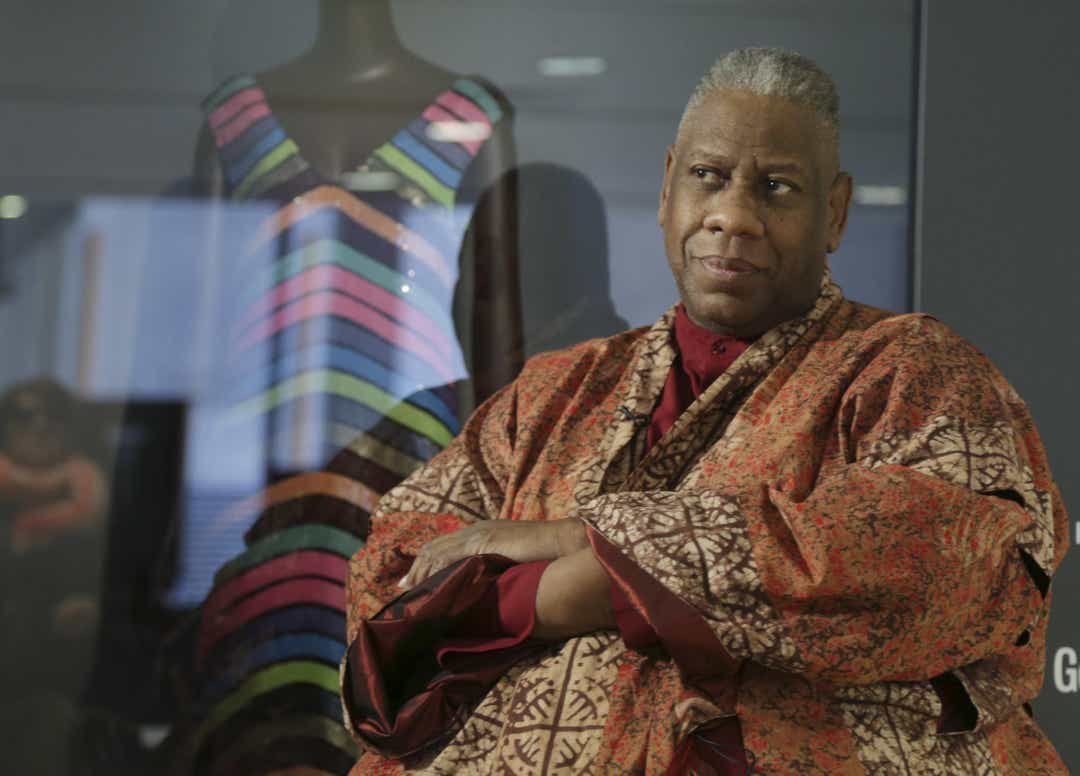
/data/photo/2018/05/29/644724331.jpg)
/data/photo/2018/02/12/2837503976.JPG)